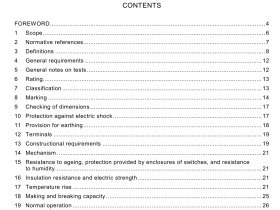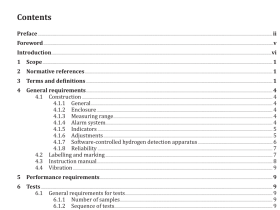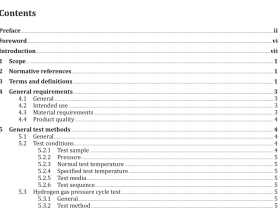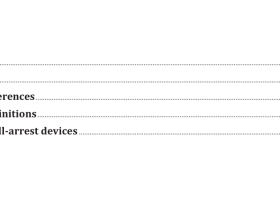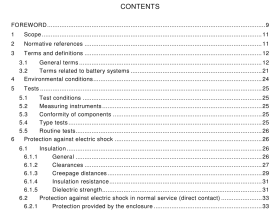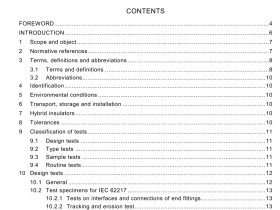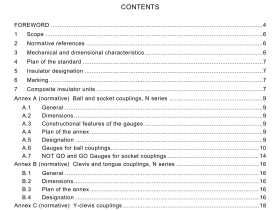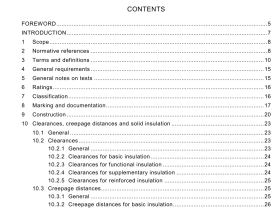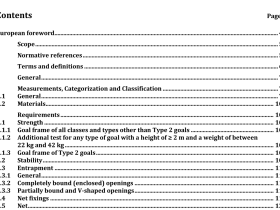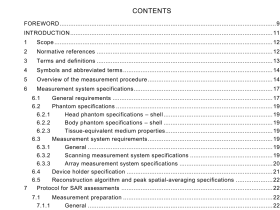AS 3568 pdf download
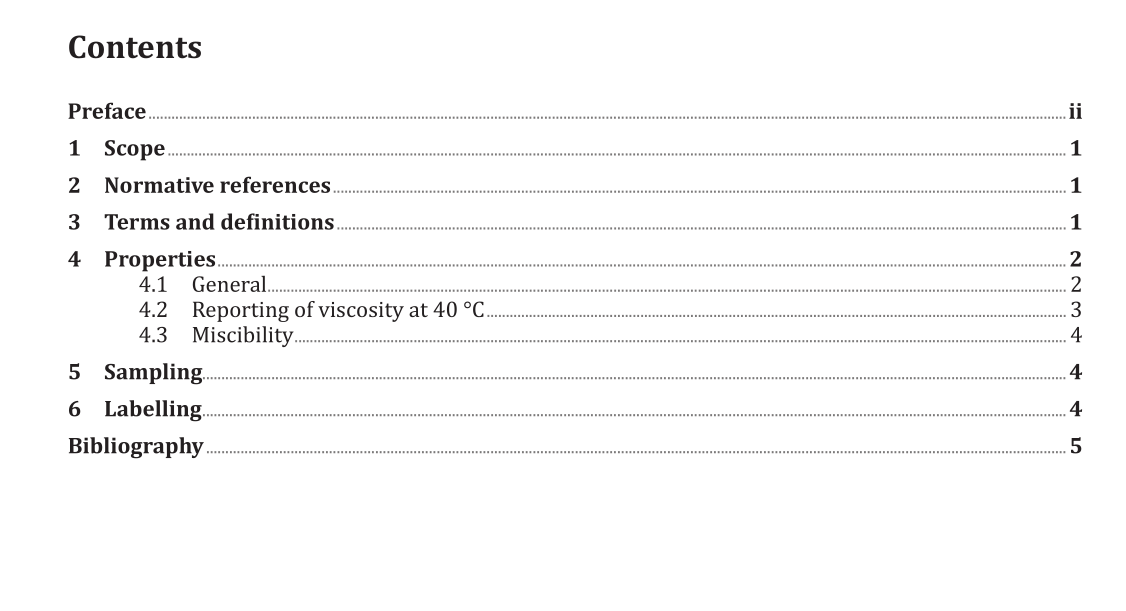
AS 3568 pdf download.Oils for reducing the viscosity of bituminous binders for pavements
1 Scope
This Standard sets out the requirements for hydrocarbon oils, derived from refined crude petroleum, to be used for reducing the viscosity of bituminous binders in sprayed sealing work and the preparation of bituminous cold mixes. WARNING — THE USE OF THIS STANDARD MAY INVOLVE HAZARDOUS MATERIALS, OPERATIONS AND EQUIPMENT. THIS STANDARD DOES NOT PURPORT TO ADDRESS ALL OF THE SAFETY ISSUES ASSOCIATED WITH ITS USE. IT IS THE RESPONSIBILITY OF THE USER OF THIS STANDARD TO ESTABLISH APPROPRIATE SAFETY AND HEALTH PRACTICES, AND TO DETERMINE THE APPLICABILITY OF REGULATORY LIMITATIONS PRIOR TO USE.
3 Terms and definitions
For the purposes of this document, the following terms and definitions apply. 3.1 bitumen bituminous material obtained by processing the material obtained from the refining of naturally occurring crude petroleum 3.2 bituminous binder material which contains bitumen, including bitumen and polymer modified binders 3.3 cold mix mixture of bituminous binder and aggregate, with or without added mineral filler, produced warm or cold in a mixing plant, and delivered in a workable condition suitable for stockpiling, and spreading and compaction 3.4 cutter oil light petroleum distillate added to a bituminous binder to temporarily reduce its viscosity Note 1 to entry: Cutter oils are typically lost from sprayed seals over a period of months. 3.5 flux oil petroleum distillate used to reduce the viscosity of a bituminous binder over a longer period than cutter oil or high flash point cutter 3.6 high flash point cutter light petroleum distillate similar to cutter oil which has a higher flash point than cutter oil 3.7 may indicates the existence of an option 3.8 polymer modified binder PMB bituminous binder produced by modifying bitumen with a natural or synthetic polymer, or crumb rubber 3.9 shall indicates that a statement is mandatory 3.10 should indicates a recommendation 3.11 sprayed sealing work work that includes priming, initial sealing and sealing of pavements using bituminous binders
4 Properties
4.1 General The properties of cutter oil shall either— (a) conform with the requirements of Table 1 when determined in accordance with the methods of test specified in Table 1; or (b) conform with the requirements for Jet A-1 aviation fuel in DEF STAN 91-091 or JIG AFQRJOS. The properties of high flash point cutter shall conform with the requirements of Table 1 when determined in accordance with the methods of test specified in Table 1.Table 1 specifies five different test methods for determining the flash point of cutter oil and high flash point cutter. Each method lists a range of flash point temperatures at which oils may be tested. Flash point tests shall be conducted using a method of test that is applicable to the sample being tested. Requirements for the properties of flux oil are not covered in this Standard. NOTE Properties of flux oil (diesel) are covered in the following: (a) In Australia: Fuel Quality Standards Act 2000 (Cth) and Fuel Quality Standards (Automotive Diesel) Determination 2019 (Cth). (b) In New Zealand: Engine Fuel Specifications Regulations 2011 (NZ).4.3 Miscibility Cutter oil, high flash point cutter and flux oil shall be completely miscible with bitumen. No precipitation shall occur when mixed with a bituminous binder.
5 Sampling
Oils shall be sampled so as to obtain a representative sample of the larger quantity of oil from which the sample is obtained. NOTE The methods described in ASTM D4057 for obtaining representative samples may be used.
6 Labelling
Samples shall be firmly packed for transport to the testing laboratory. They shall be clearly identified by markings on the body of the container. The following information shall be shown on the container or label: (a) Product name or description. (b) Identification mark or batch number. (c) Date and time of sampling. (d) Supplier. (e) Place of sampling. (f) Quantity of material represented by sample where known. (g) Type and identifying number of container or vehicle from which the sample was taken. (h) Name of the sampler.
